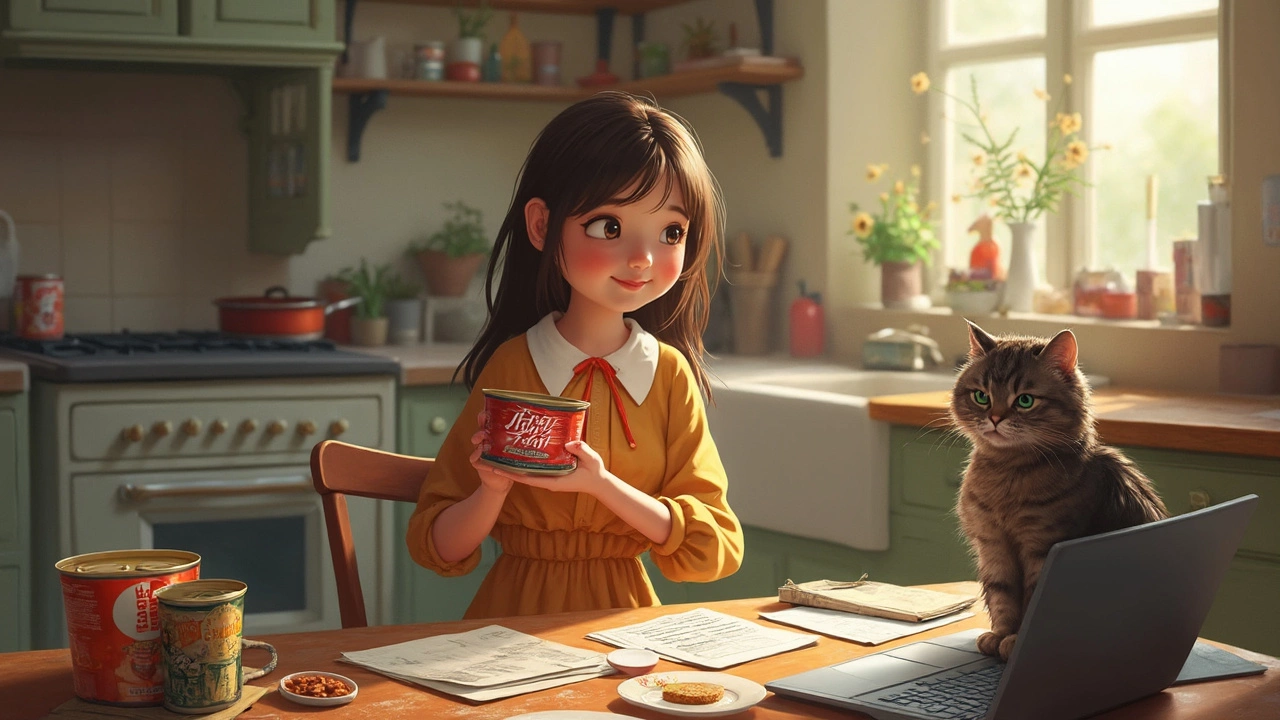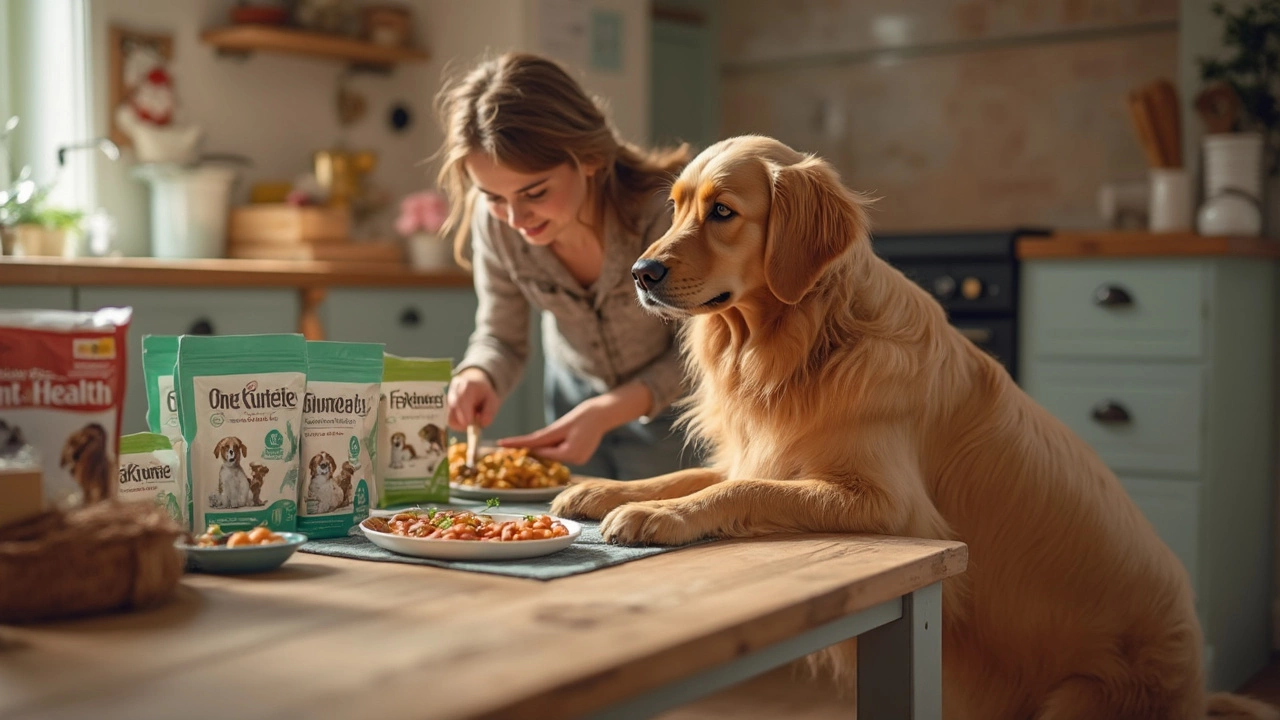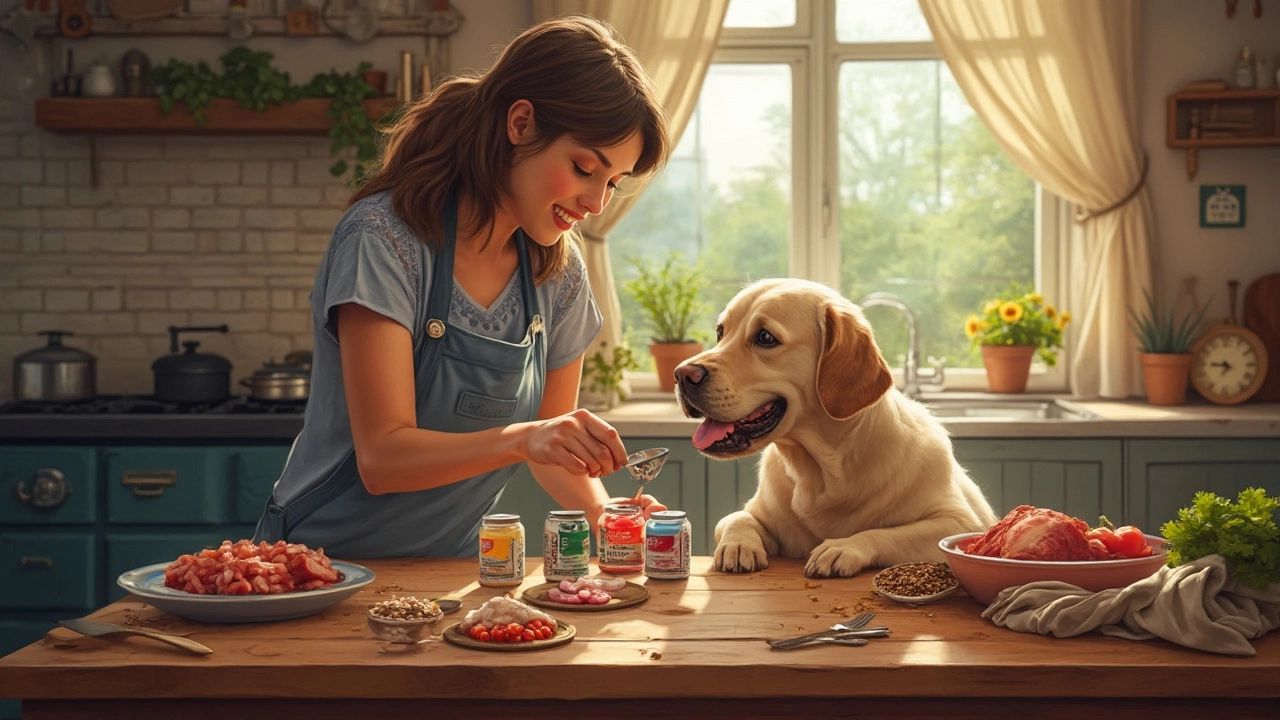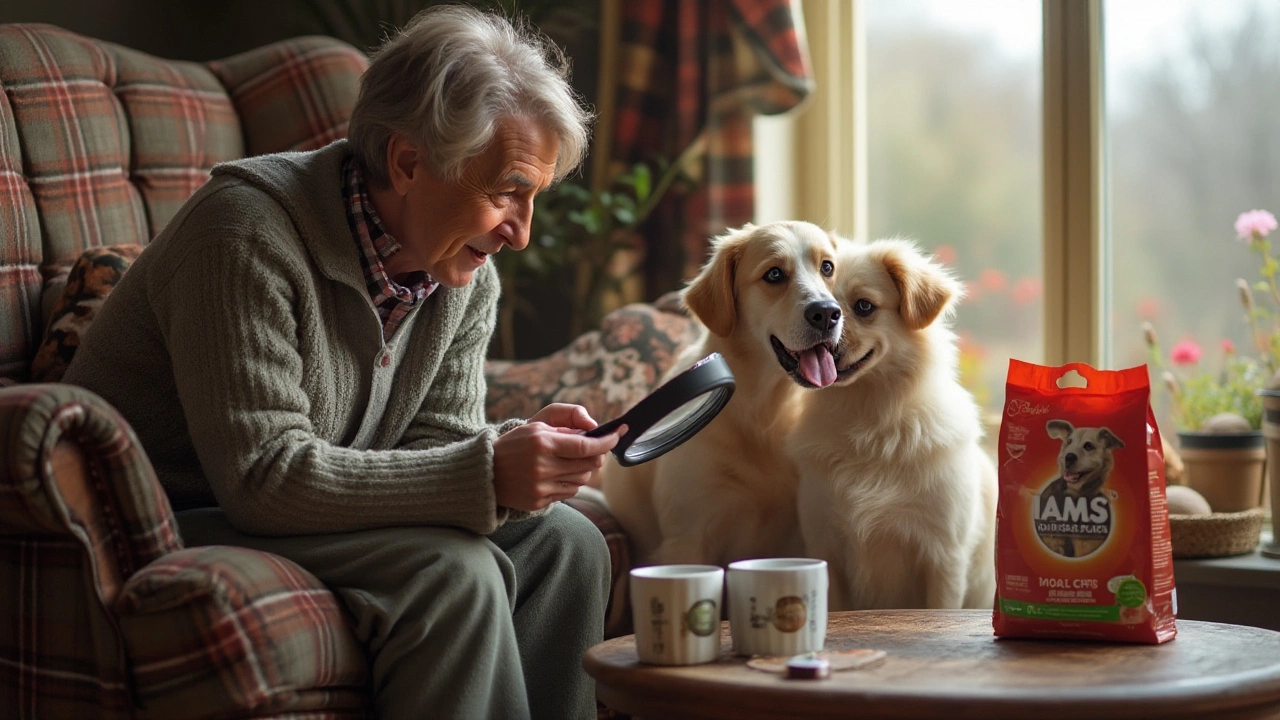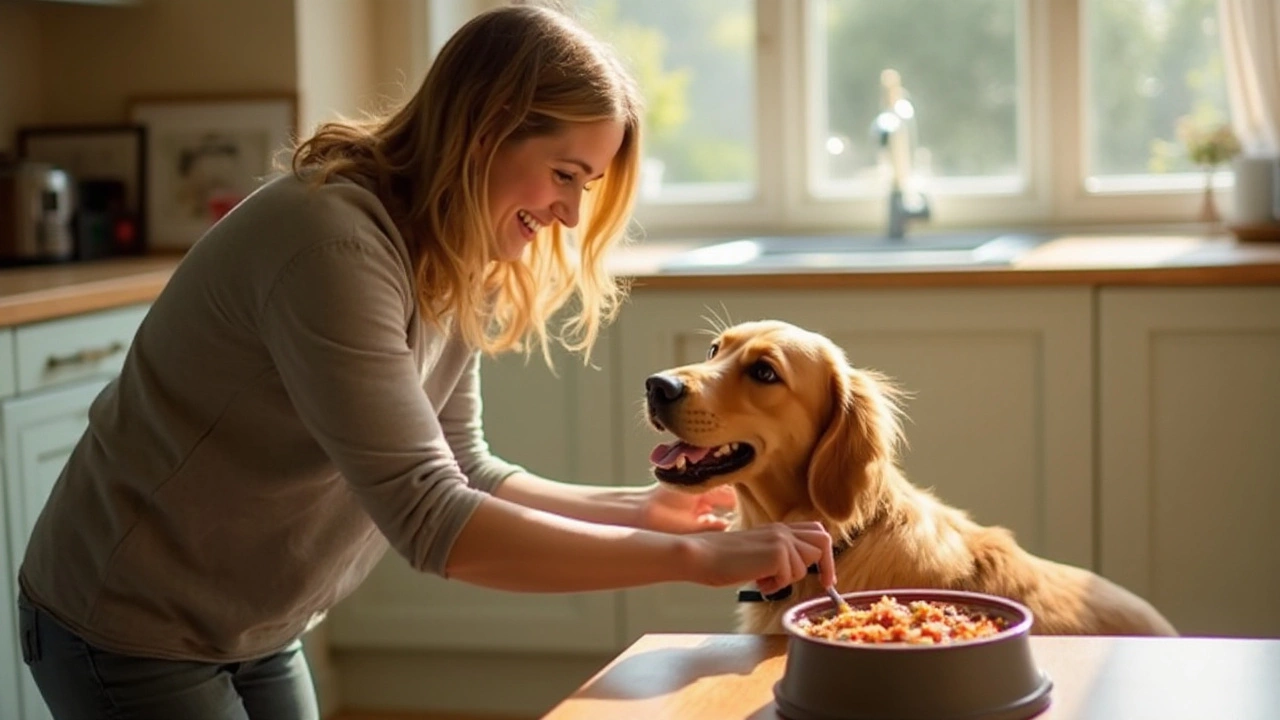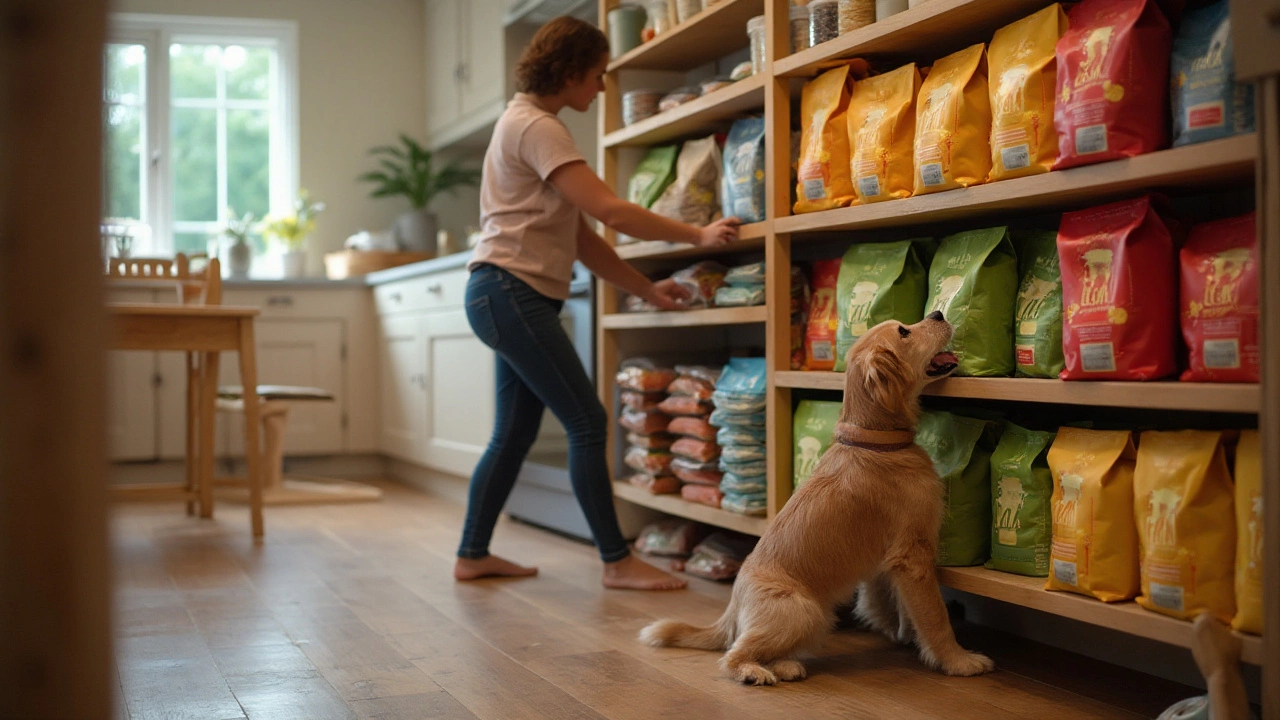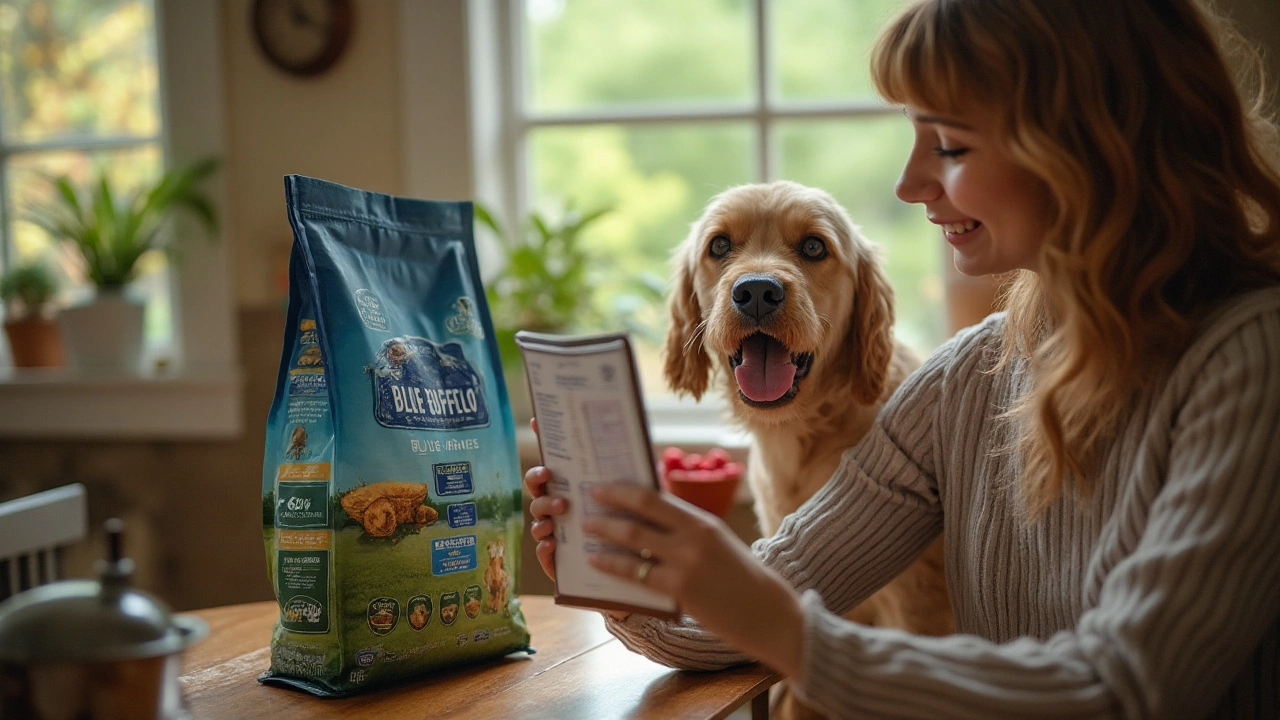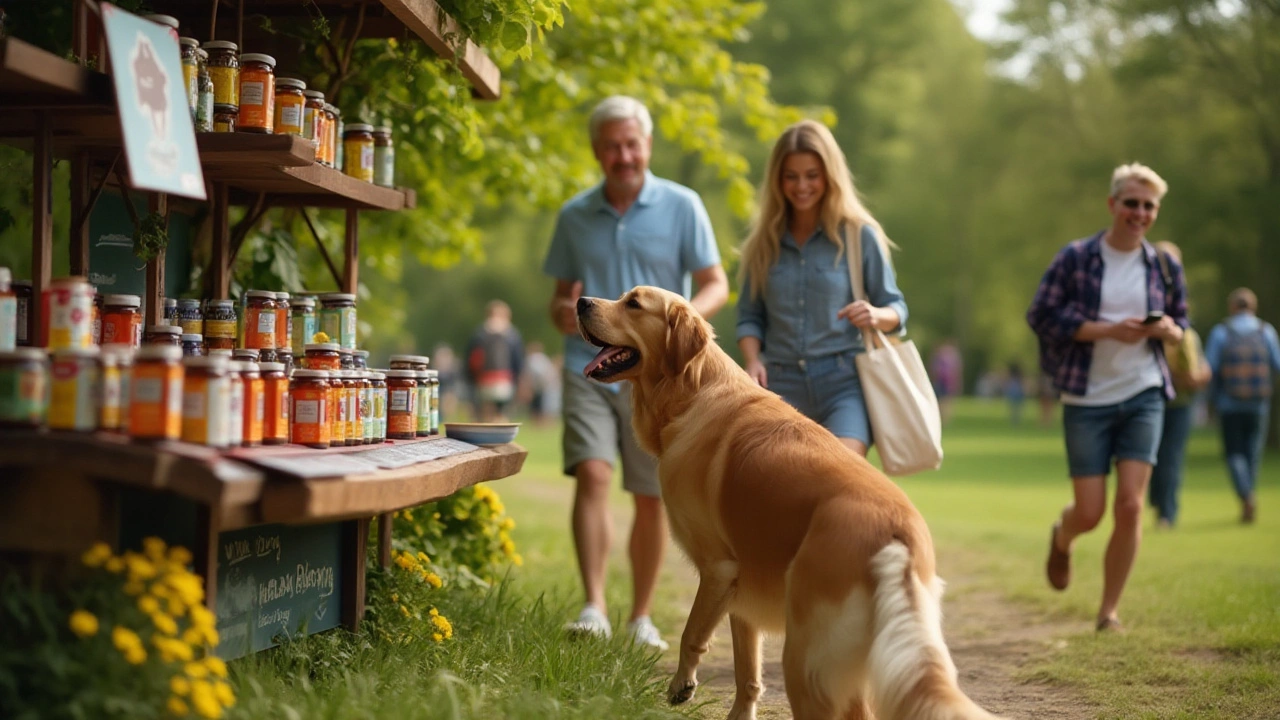Pet Nutrition: Simple Ways to Keep Your Pets Healthy
Feeding your dog or cat might feel like a guessing game, but it doesn’t have to be. With a few solid basics, you can serve up meals that boost energy, support joints, and keep whiskers happy. Below are the most useful, no‑fluff pointers you can start using today.
What Makes a Good Pet Diet?
First off, a good diet mirrors what nature intended. Proteins are the foundation – think quality meat, fish, or eggs. Dogs thrive on animal protein, while cats need it even more because they’re obligate carnivores. Look for products that list a named meat source as the first ingredient, not vague terms like "meat by‑product".
Next, balance the fats. Healthy fats (omega‑3 and omega‑6) keep coats shiny and brains sharp. A sprinkle of fish oil or a diet that includes salmon can make a big difference. Carbs should be secondary; whole grains or sweet potatoes are fine, but they shouldn’t dominate the bowl.
Finally, watch the micronutrients. Vitamins A, D, E, and B‑complex, plus minerals like calcium and phosphorus, are essential. Most reputable commercial foods already hit the mark, but if you’re cooking at home, a vet‑approved supplement kit will keep things safe.
Everyday Nutrition Mistakes to Skip
It’s easy to slip into habits that look harmless. Feeding table scraps is a classic trap – even a tiny piece of cheese can add unwanted calories and trigger stomach upset. Grapes, onions, and chocolate are outright toxic, so lock them away.
Portion size is another common error. Over‑feeding leads to weight gain, joint strain, and a shorter life span. Use the feeding guide on the bag as a starting point, then adjust based on your pet’s activity level and body condition. A quick visual check – you should feel the ribs without pressing hard – helps you gauge if you’re on track.
Switching foods too fast can cause digestive issues. If you need to change brands or move to a homemade diet, do it over a week: mix 25% new food with 75% old the first day, then gradually shift the ratio. This gives the gut a chance to adapt.
Lastly, don’t forget water. Fresh, clean water should be available at all times. Dehydration can sneak up on pets, especially if they’re eating dry kibble exclusively.
In a nutshell, good pet nutrition boils down to quality protein, balanced fats, essential vitamins, proper portions, and plenty of water. Stick to these basics, avoid common pitfalls, and you’ll see a happier, healthier companion in no time. Need a personalized plan? Reach out to a local vet or pet nutritionist – they can fine‑tune the details for your specific dog or cat.

